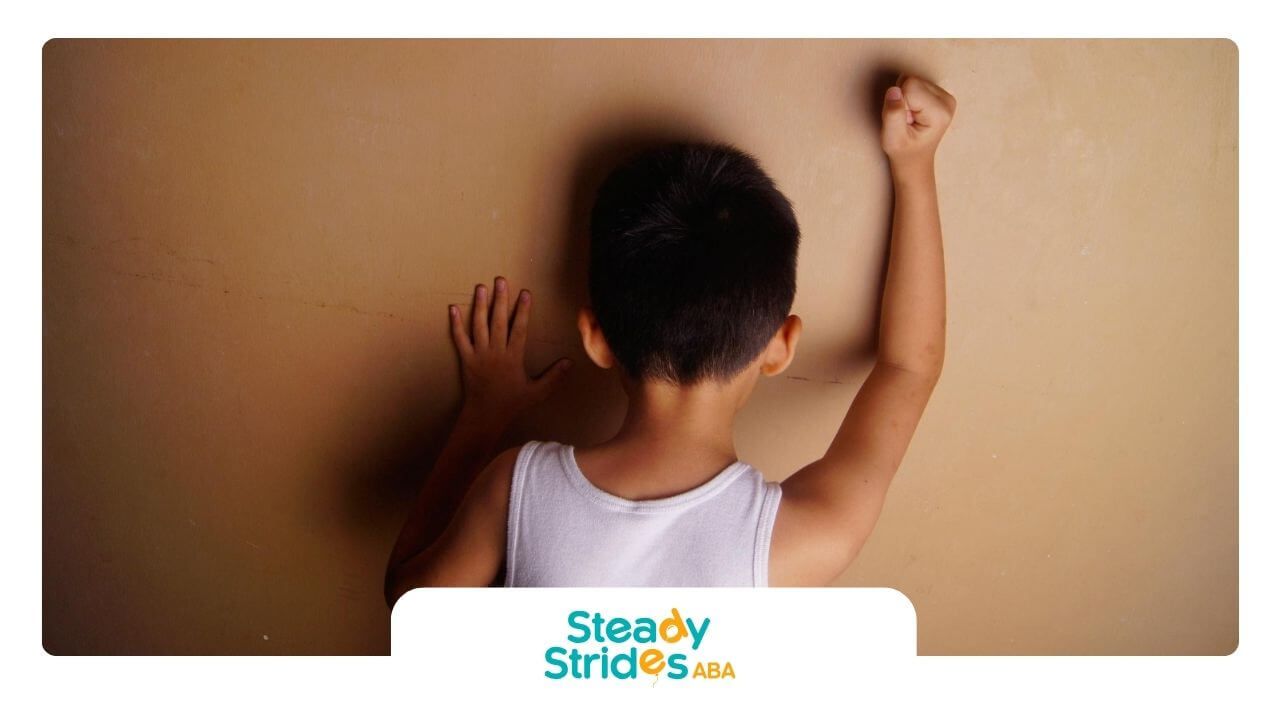If your child has been diagnosed with level 3 autism, you might be wondering if it’s possible for them to move to level 1. The good news is — yes, it can happen.
Autism doesn’t disappear, but with the right support, kids can learn new skills and need less day-to-day help over time.
Understanding Autism Levels
Autism is often described in three levels:
- Level 1: Needs a little support (mild).
- Level 2: Needs more noticeable support (moderate).
- Level 3: Needs a lot of support (severe).
It’s important to remember these autism levels aren’t set in stone. With therapies like ABA, speech, and occupational therapy, a child may grow their communication, independence, and social skills. That growth can mean moving from level 3 toward level 2 or even level 1.
So, can progress really happen? Yes — absolutely! Many kids make huge strides with consistent therapy and encouragement at home. Progress looks different for every child, but small steps add up.
The goal isn’t to “change” who they are, but to help them thrive with more confidence and independence.
At Steady Strides ABA, we provide autism therapy that meets families where they are. We offer:
- Home-based autism care for support right in your child’s daily environment.
- Center-based ABA therapy with structured learning and peer interaction.
- School-based ABA therapy to help kids succeed in the classroom.
If you’re ready to give your child the tools they need to grow and shine, reach out to Steady Strides ABA today.
FAQs
1. Does moving from level 3 to level 1 mean my child is “cured”?
No. Autism is lifelong, but support needs can change as skills improve.
2. How long does it usually take to see progress?
Every child is different. Some may show changes in months, while others take years. What matters is consistency.
3. Can teenagers or adults also improve their support level?
Yes! While early intervention helps, growth and learning can happen at any age.













